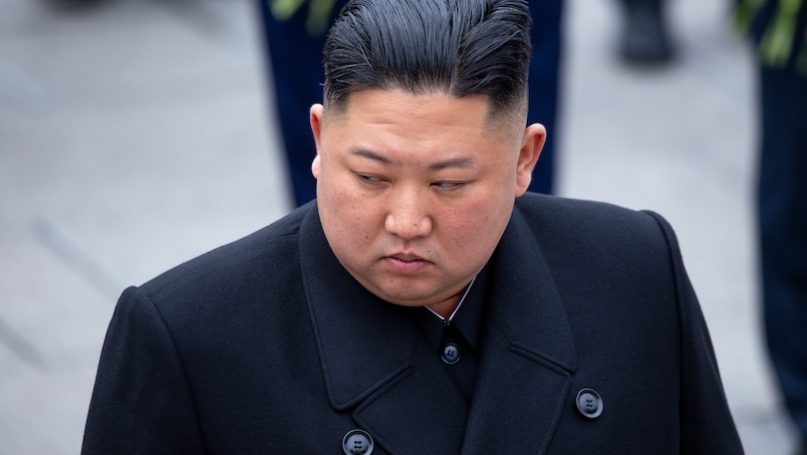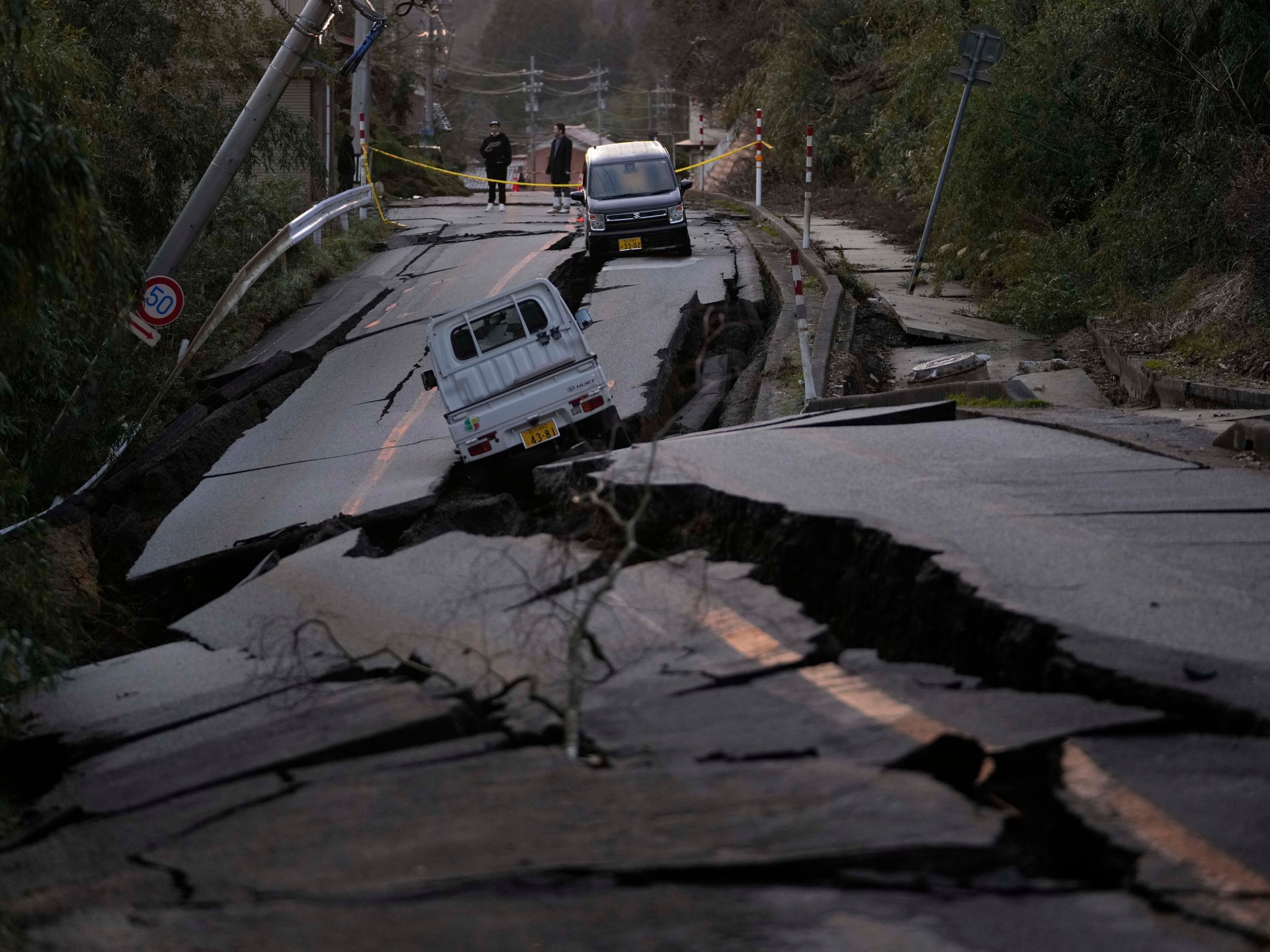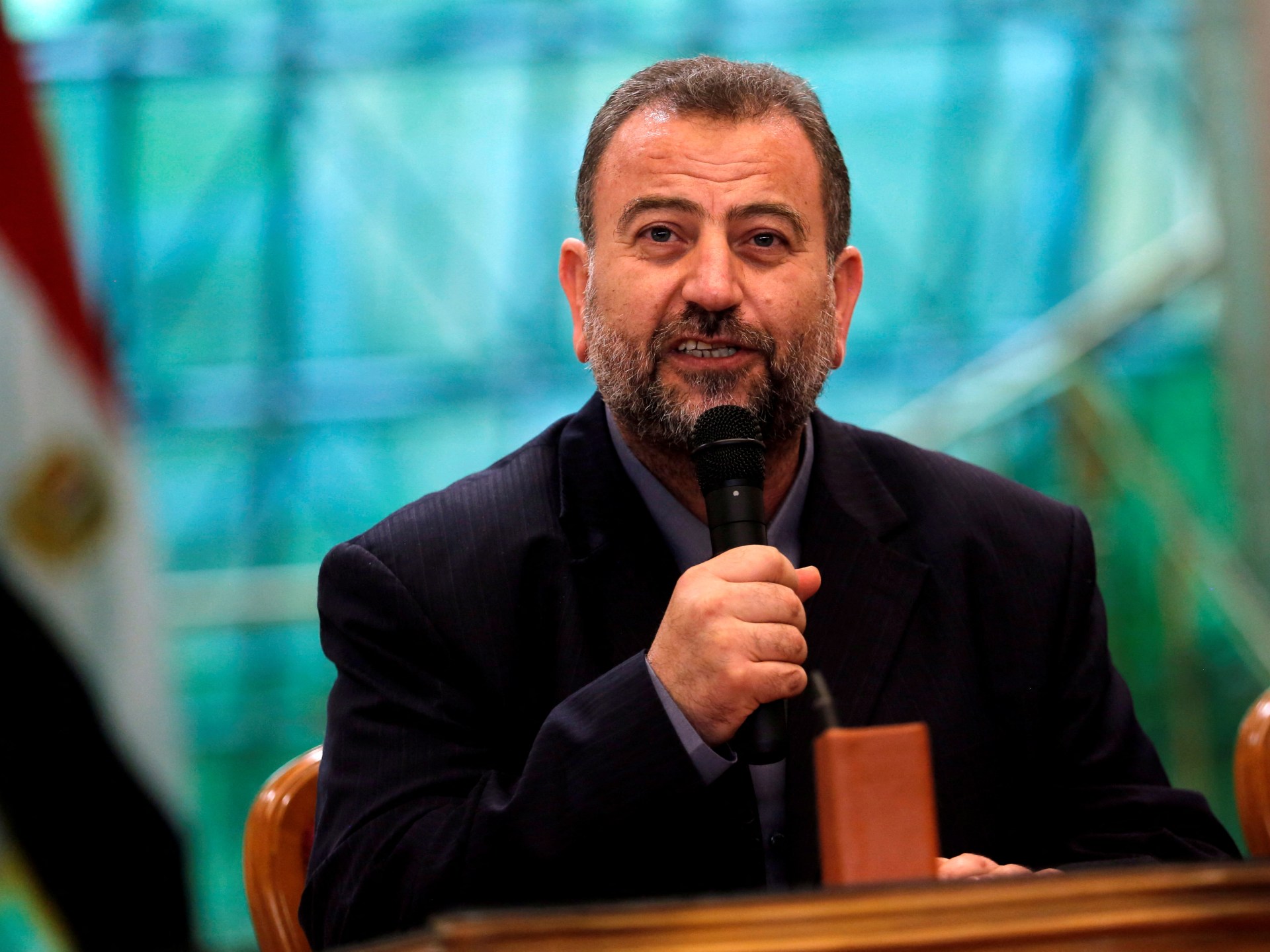
Alexander Khitrov/Shutterstock
Over the past two decades, North Korea conducted six nuclear tests, the latest of which was in September 2017 at the Punggye-ri Nuclear Test Site. Since the latest test, the nuclear safety around the facility has been a point of contention to the outside world, albeit silenced within North Korea by its authorities. Throughout the history of nuclear tests, North Korean state media, Korean Central News Agency (KCNA), maintained its stance that all six nuclear tests were conducted in a fully-controlled environment and that no leakage of radioactive material has been detected. However, multiple groups have raised accusations concerning radioactive leakage over the past few years.
On October 30, 2017, Jae-cheol Nam, the former director general of the Korea Meteorological Administration, noted that there is a chance of radioactive materials leaking into the surrounding environment if North Korea were to detonate another nuclear bomb at the same nuclear site, implying how nuclear tests severely destabilize the grounds near sites.
According to a report released by Nuclear Threat Initiative (NTI) in 2020, North Korea ranked the lowest among 22 countries in securing nuclear materials, scoring only 19 out of 100 in total. Every two years, the NTI Nuclear Security Index measures the security of highly enriched uranium and plutonium “against theft and the security of nuclear facilities against sabotage.” The former assesses “22 countries with 1 kilogram or more of weapons-usable nuclear materials” and their “actions related to securing those materials against theft.” Since 2012, North Korea has never missed first place from the bottom in securing its nuclear materials, mainly due to the inaccessibility of its nuclear facilities and stockpiles.
More recently, according to a human rights advocacy group based in Seoul, the Transitional Justice Working Group, the “radioactive materials could have spread in a radius of 25 miles around the site, where more than 1 million people live and rely on groundwater for many of their daily activities,” further signifying that the sphere of influence may have even expanded to neighboring South Korea, China, and Japan.
Furthermore, at an event hosted by South Korean government this past month, Ms. Shin-wha Lee, ROK Ambassador for International Cooperation on North Korean human rights, hinted the possibility of radioactive leakage inflicting North Korean residents. She said that more than 1,000 North Korean defectors had lived in regions near the nuclear test sites and further added that South Korean government, assisted by non-profit organizations and experts are offering radiation tests to those defectors. She emphasized if the results indicate a high chance of radioactive leakage, it will be shared with the international community.
The nuclear tests conducted in North Korea have long been regarded just as a military threats. However, these claims posit that North Korea’s nuclear test may also affect public health beyond the Korean Peninsula. In a blog post in May 2018, an author speculated that there is considerable evidence of potential radioactive leakage in North Korea, as it can reasonably be assumed from the action of North Korean authority confiscating the radiation detectors brought by foreign journalists who were invited to the North to cover the destroyed tunnels in the Punggye-ri nuclear test site. If North Korea were to be as confident as its long-standing claim of nuclear safety has been, it would have allowed journalists to carry their radiation detectors to boast how advanced their facility and technology are in preventing any leakage of harmful substances. This is especially plausible, as North Korea at that time had to maximize its bargaining chips against the United States to extort every economic and security concessions.
Although North Korea has been ready to conduct another nuclear test for at least a few months, if not a year, it seems they are held back by internal consolidation due to severe food shortages or merely the decision on best timing. Besides these possible explanations, it is also reasonable to associate this evident delay with the aforementioned health concerns in the region.
China is well aware of the dangerous ramifications of another nuclear test, as its National Nuclear Safety Administration measured a relatively high level of radiation around the border between North Korea and China after North Korea’s 6th nuclear test. We do not know whether China is pressuring North Korea on this, but China will surely take necessary actions to ensure the safety of its people, particularly at a time when it is experiencing low approval ratings due to economic issues amongst others.
Did Kim Jong-un ever visit the Punggye-ri nuclear test site? Highly doubtful. If he did indeed visit the site, North Korean state media would certainly have uploaded photos and coverage which would have served as a great source of propaganda, boosting its national pride. Unless Kim appears on the nuclear test site without any protective equipment, a significant human rights violation may be looming in North Korea.
The views expressed in this article are the author’s own.
Further Reading on E-International Relations
About The Author(s)
Yuchan Kim is a Political Affairs Adviser at the Permanent Mission of the Republic of Korea to the United Nations, specializing in North Korea’s arms development and human rights issues. He earned his M.A. in Regional Studies-East Asia from Harvard University in March 2021 and his B.A. in International Affairs from George Washington University in January 2019.
Before you download your free e-book, please consider donating to support open access publishing.
E-IR is an independent non-profit publisher run by an all volunteer team. Your donations allow us to invest in new open access titles and pay our bandwidth bills to ensure we keep our existing titles free to view. Any amount, in any currency, is appreciated. Many thanks!
Donations are voluntary and not required to download the e-book - your link to download is below.

 Movie
Movie 6 months ago
90
6 months ago
90 






![Presidents Day Weekend Car Sales [2021 Edition] Presidents Day Weekend Car Sales [2021 Edition]](https://www.findthebestcarprice.com/wp-content/uploads/Presidents-Day-Weekend-car-sales.jpg)



 English (United States)
English (United States)